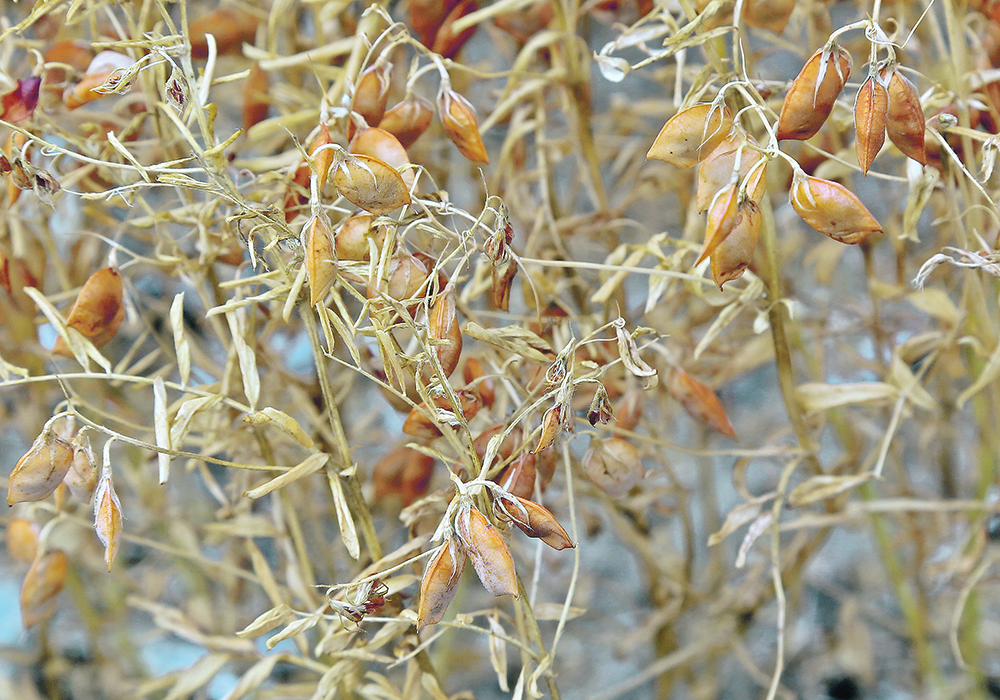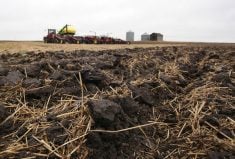India’s lentil crop has recovered well after a rocky start but February will tell the tale, says an analyst from that country.
Seeding in the states of Bihar and Uttar Pradesh was delayed this year due to excessive rains and flooding caused by cyclones.
“Everybody was a little worried,” V.N. Saroja, chief strategy advisor with Agriwatch, said during the Rabi Crop Outlook & Kharif Production 2022 webinar hosted by the India Pulses and Grains Association.
Read Also

Russian wheat exports start to pick up the pace
Russia has had a slow start for its 2025-26 wheat export program, but the pace is starting to pick up and that is a bearish factor for prices.
But growers eventually got the crop in the ground, planting 4.31 million acres countrywide, which is 3.2 percent more than last year.
Chickpea planting was also slowed but farmers eventually sowed 28.1 million acres, 3.9 percent more than last year.
Pulse acres were expected to be even higher but another crop stole the show.
“Mustard is currently the farmers’ favourite choice,” said Saroja.
“A lot of area that we were hoping would move from wheat to pulses has actually moved to mustard.”
Saroja noted the delayed planting could result in yield losses for both lentils and chickpeas if temperatures rise dramatically during crop maturity.
But for now she is forecasting similar lentil yields as last year in the key states and 1.29 million tonnes of production, a 10 percent increase over last year’s output.
She expects 850,000 tonnes of imports, a slight increase over the 800,000 tonnes purchased last year.
Lentil prices were sky-high in India in 2021-22 despite finishing the year with a 28 percent stocks-to-use ratio. That is due to expensive imports.
Saroja said there were quotes for North American product that exceeded US$1,100 per tonne, which is “unheard of” in India.
When Saroja was 18, her mother faced a family rebellion when she substituted expensive pigeon peas with cheap lentils when making dal.
“Life has changed dramatically,” she said.
Lentils were priced higher than pigeon peas at Indian grocery stores last year for the first time she can recall.
Saroja had to prove it to her skeptical mother by showing her a receipt from a recent shopping trip.
Prices took a jump in February 2021 as heavy rains damaged the lentil crop in key production regions.
“This February is also going to be something that we have to critically watch,” she said.
Saroja expects lentil prices to remain at last year’s lofty levels and that is going to restrict import activity.
India is expected to end the year with 626,000 tonnes of lentils for a 30 percent stocks-to-use ratio.
She is forecasting 10.35 million tonnes of chickpea production, up from last year’s 9.77 million tonne crop.
Consumption is forecast at 10.3 million tonnes, up from 10 million tonnes last year.
“We’re going to be quite comfortable in terms of what we need and what we have,” said Saroja.
Opening stocks are forecast at 1.85 million tonnes versus 2.13 million tonnes a year ago but that will be more than offset by the anticipated increase in production.
Chickpea prices are expected to trade in a similar range as last year rather than the lower values seen in 2019 and 2020.
Contact sean.pratt@producer.com
















